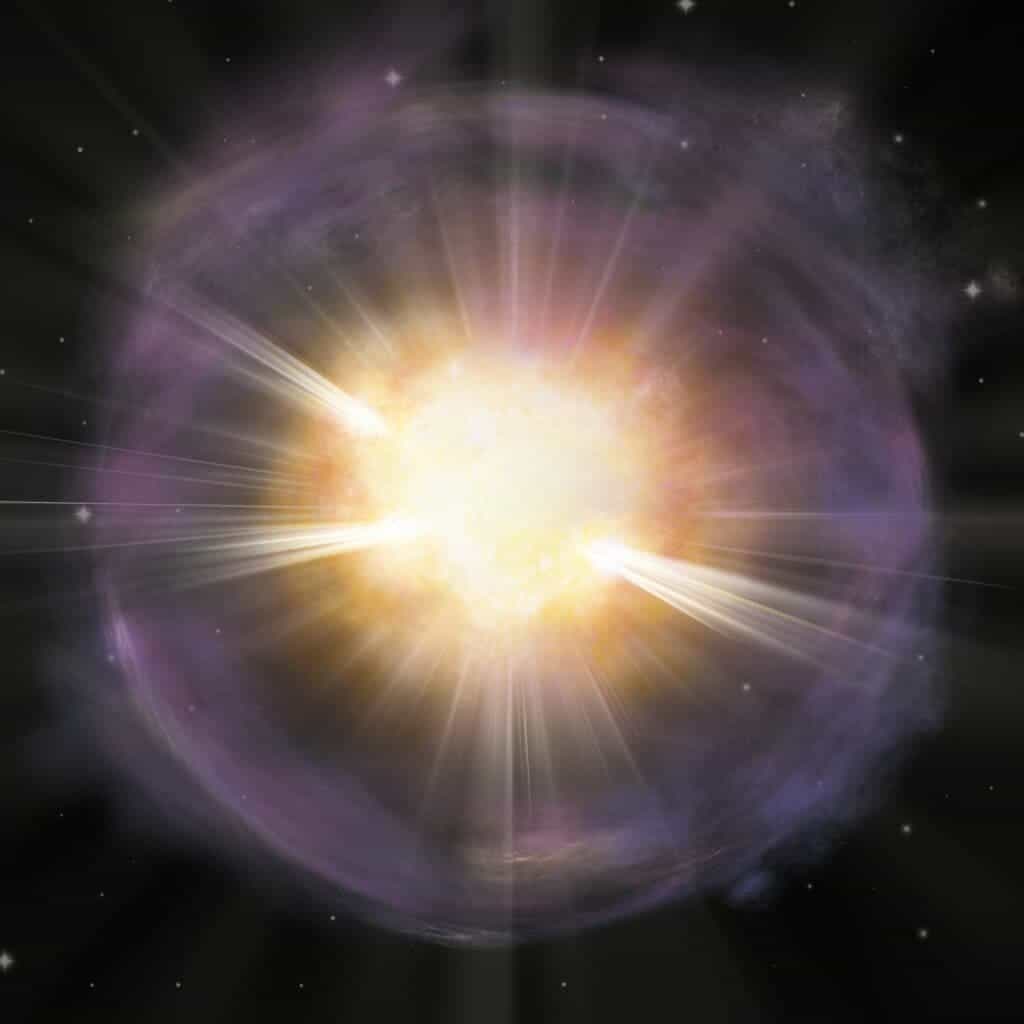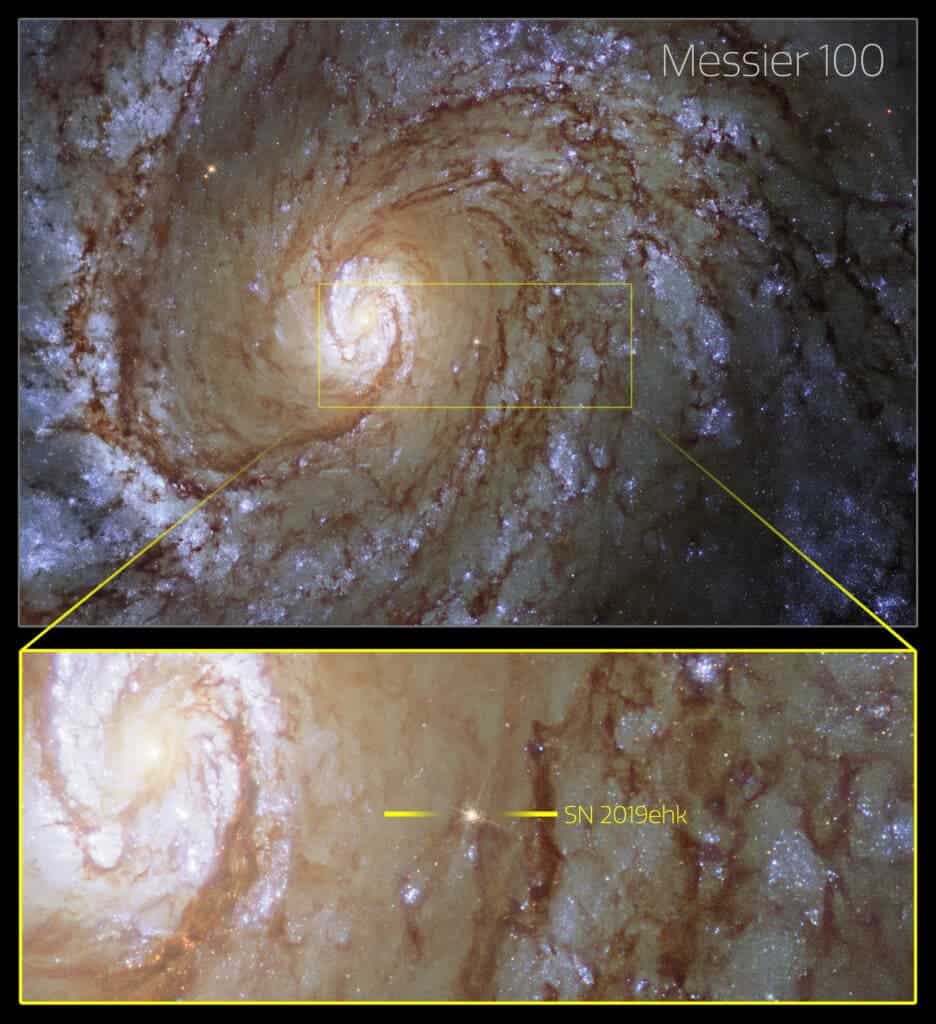
Astronomer Carl Sagan once famously said that “we are all made of star stuff”. This statement poetically sums up the fact that the carbon, nitrogen and oxygen atoms in our bodies, as well as atoms of all other heavy elements, were forged inside previous generations of stars.
According to a new study, about half of the calcium in the universe was dispersed by supernovae — huge explosions that occur at the end of a massive star’s lifetime, when its nuclear fuel is exhausted and it is no longer supported by the release of nuclear energy.
Happy accidents
Astronomers have always been aware that supernovae are responsible for creating and dispersing heavy elements like gold or platinum. However, the fusion of calcium has always been something of a mystery due to lacking evidence. The fact that supernovae observations are so rare made the challenge even greater.
But as it sometimes happens, a happy accident got the researchers out of a rut. Last year, Joel Shepherd, an amateur astronomer, noticed a bright burst with his telescope while he was observing the Messier 100 spiral galaxy.
Shepherd immediately shared his observations with the astronomy community, which quickly identified the bright orange dot as a supernova — and what a rare occasion, since the sighting was made within hours of an explosion.
Follow-up observations of the stellar explosion, known as SN2019ehk, were performed by NASA’s orbiting Neil Gehrels Swift Observatory, the Lick Observatory in California, and the W.M. Keck Observatory in Hawaii in optical light. The Swift observatory performed X-ray and ultraviolet light observations of the event, which revealed it was a calcium-rich supernova.

According to the study published in The Astrophysical Journal by an international team of more than 70 scientists, stars responsible for calcium-rich supernovae shed layers of the mineral in the last months before the explosion. The heat and pressure of the supernova are what actually drives the fusion of calcium.
“Calcium-rich supernovae are so few in number that we have never known what produced them,” said Dr. Wynn Jacobson-Galan, a researcher at Northwestern University.
“By observing what this star did in its final month before it reached its critical, tumultuous end, we peered into a place previously unexplored, opening new avenues of study within transient science.”
Typically, stars generate small amounts of calcium as they burn through their helium supply. However, the new study shows that copious amounts of calcium are created and released within a matter of seconds by supernovae.
“Before this event, we had indirect information about what calcium-rich supernovae might or might not be. Now, we can confidently rule out several possibilities,” said Dr. Raffaella Margutti, also from Northwestern University.
“The explosion is trying to cool down. It wants to give away its energy, and calcium emission is an efficient way to do that,” Dr. Margutti said.
Although the Hubble Space Telescope had been observing M100 for the past 25 years, it somehow missed SN2019ehk’s brief luminosity. Luckily, one keen astronomer was up to the challenge, a marvelous discovery followed out of it. Subsequent observations with Hubble of the supernova site also revealed clues about the former star’s true nature.
It was likely a white dwarf or very low-mass massive star,” Jacobson-Galan said. “Both of those would be very faint.”
“Without this explosion, you wouldn’t know that anything was ever there,” Margutti added. “Not even Hubble could see it.”


